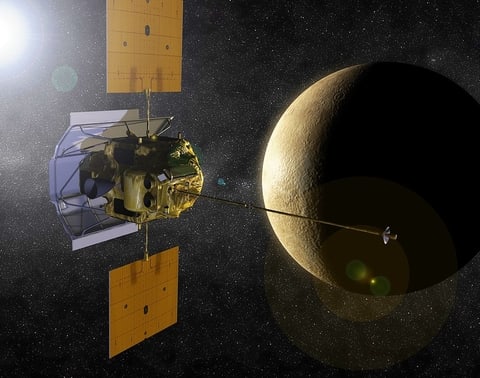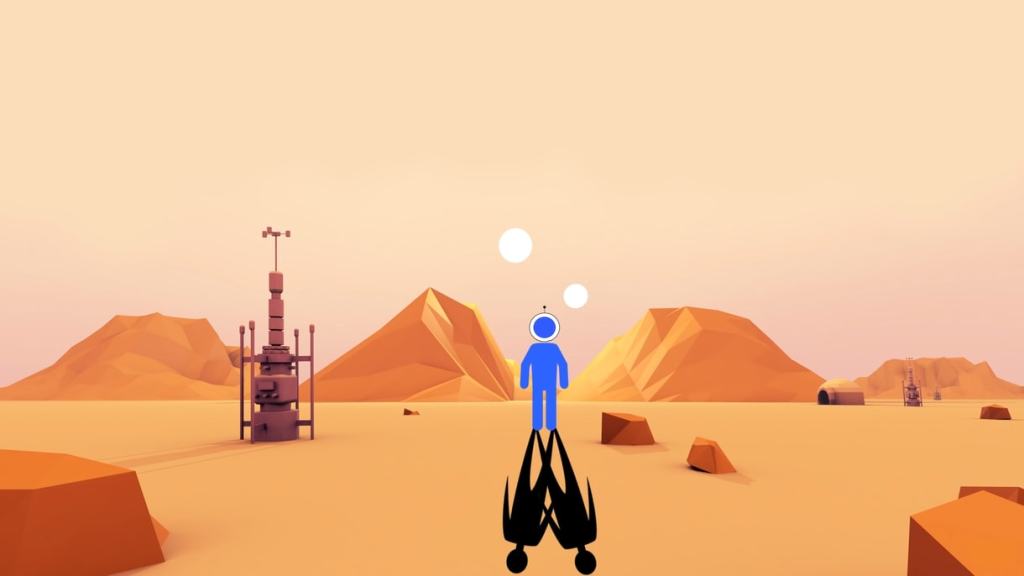Could we possibly live on another planet? Have you ever thought of leaving Earth and moving to another planet where there are no problems such as pollution, disease or violence? We do not know if such a place exists, but it is certainly not near us.
Venus
If we left our planet today, it would take us about three months to reach our neighbor Venus, which is as big as Earth but could not accommodate us. Venus has such a dense atmosphere that we can’t even see its surface. It suffers from a strong greenhouse effect: much of the incoming sunlight is trapped in the planet’s atmosphere, heating it to temperatures of over 480 degrees Celsius. Ten Soviet probes landed on Venus from 1975 to 1982 and sent back photos before they melted, because even lead melts at those temperatures. So you can cross Venus off your travel list.
RELATED POST
Mercury
But how about a trip to Mercury, the smallest of the planets? Mercury has no atmosphere and is very close to the sun. While during the day the temperature is over 400º C, at night it reaches -179º C. We have never landed on Mercury, but we have many recent images from the American Messenger probe that crashed on Mercury at the end of its mission. Would it be possible to live there? No.

Mars
So let’s go to Mars, after all it is the target planet for the next space explorations, right? Despite all the scientific and technological efforts, we know that there is still a lot of research and development work to be done to make a colonization caravan to the Red Planet possible.
We still have many years to go before the first human footprint is seen on Mars, let alone a permanent colony. Currently, the only inhabitants of Mars are NASA’s little robots, and they themselves have never found any evidence that life existed there (which is not to say that there wasn’t any).
Of all the planets in the solar system, Mars is certainly the most hospitable. But even then, it is anything but a good environment for us Earth-adapted humans. The temperature is pleasant in summer, reaching about 20º C, but in winter it is severe: it can reach -140º C. The atmosphere is very thin and the main gas is CO2, which we know is not good for us.
RELATED POST
Ceres
Leaving Mars, we pass the asteroid belt, where there is only debris, and the dwarf planet Ceres, which is very interesting: it has a diameter of almost 1000 km, but no atmosphere and is very cold, with temperatures ranging from -70º C to -150º C.
Gas giants – the dangers of living on other planets

What about the gas giants: Jupiter, Saturn, Uranus and Neptune? Absolutely not. These planets don’t have the rocky surfaces we need to live on, so they won’t be our future home. However, some of the moons of these planets have interesting features.
Jupiter has one of the most fascinating moons in the solar system, Europa. This beautiful frozen moon contains oceans under a 20 km thick crust of ice. Nasa plans to send an unmanned probe there soon to explore the liquid water beneath the ice. But before we pack our bags, we need to know that it would be difficult for humans to settle there, mainly because of the very low temperatures, the constant cold of the desert and the low energy provided by the sun.
Another favorite is Titan, one of Saturn’s moons. It has almost everything needed, except the low temperature of -180º C. In 2005, the Huygens probe parachuted onto Titan’s floor and passed through its thin atmosphere. Titan’s soil is full of rocks and sand and resembles Earth’s deserts. Titan is the second largest moon in the solar system (the largest being Jupiter’s moon Ganymede) and also has seasons and methane lakes that could even harbor life, but not ours.
